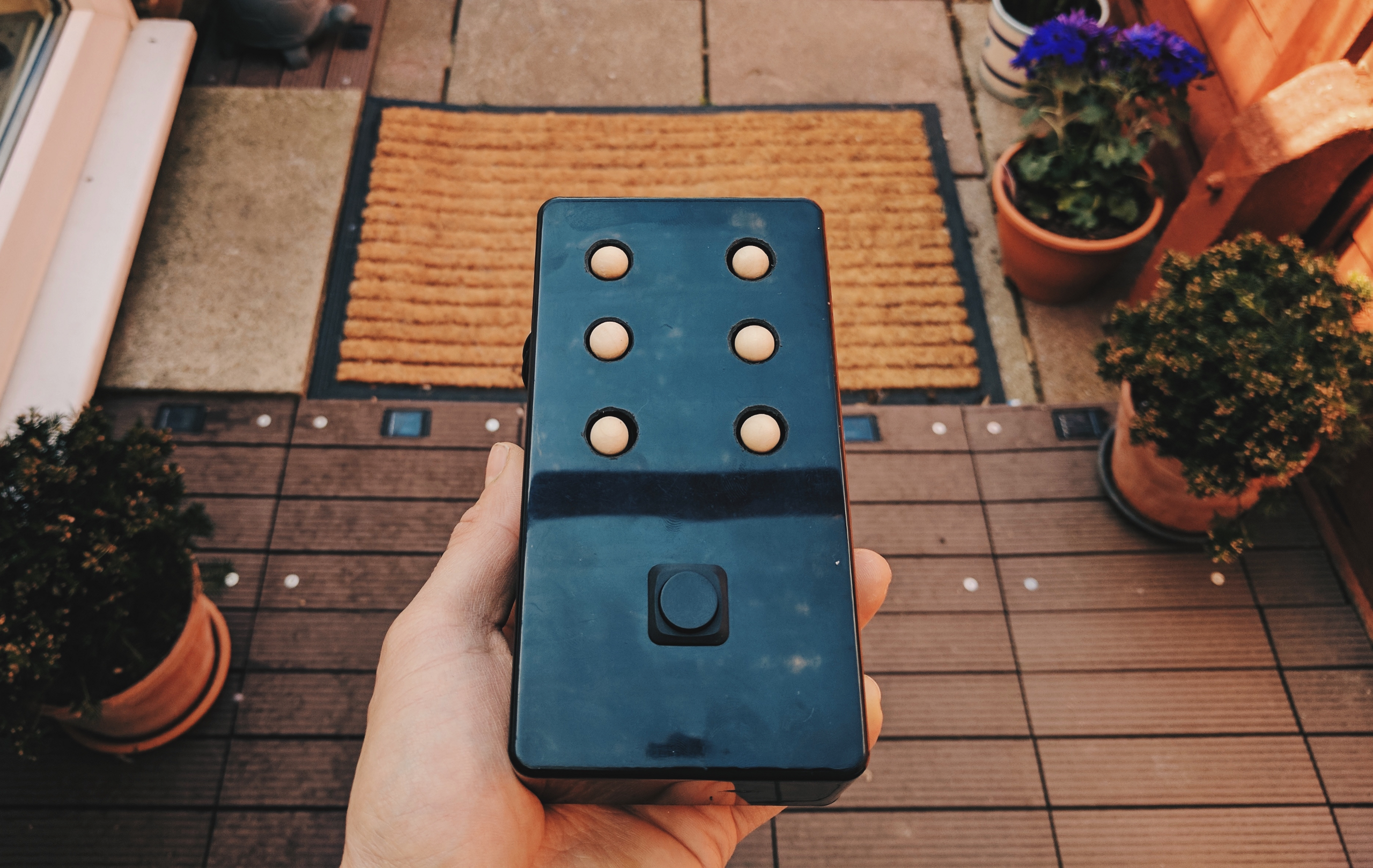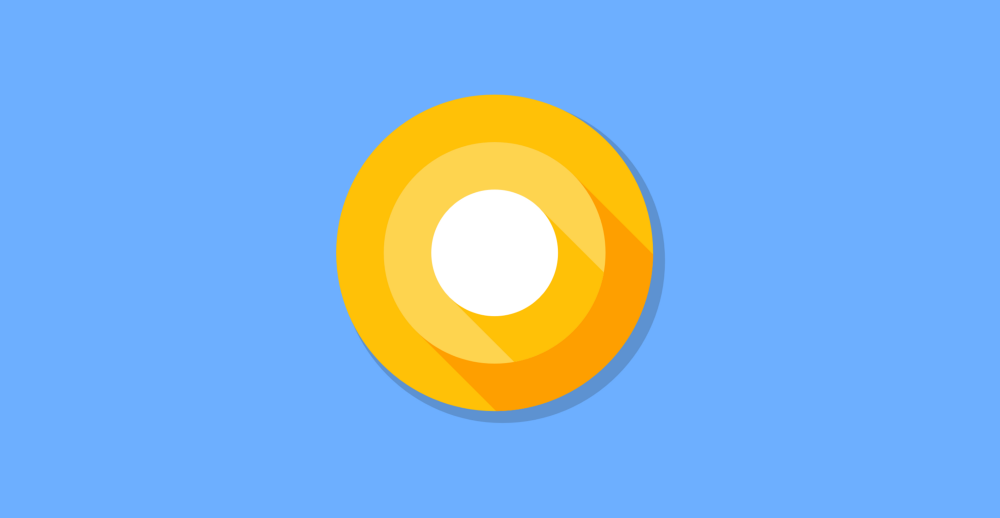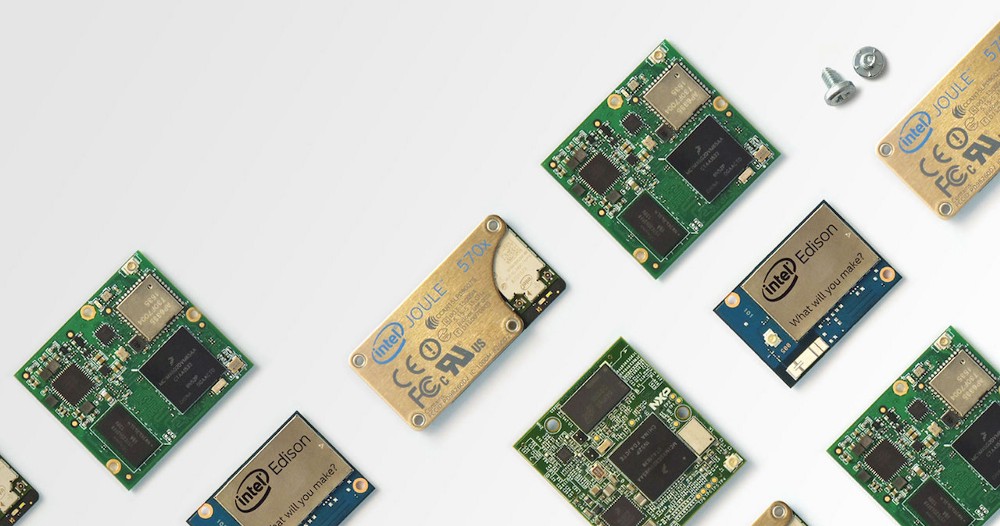Now the Android O APIs have finalised, Android O is just around the corner — which means we need to be sure our apps are filled with the latest goodies from the API. In this article we’re going to be taking a look at one of my favourite Android O features: Notification Badges 👌 I feel like… Continue reading
Posts Tagged → Android
Exploring the new Android Architecture Components library
What an I/O! There were so many exciting things announced this year and too much that I want to write about! One of the topics that I (and a lot of other people) were hyped for was on Architecture. From these talks Architecture Components was announced, and after playing with them since, I’m taking this… Continue reading
BrailleBox: Building a Braille news reader with Android Things
On one side of my family runs a genetic condition known as Retinitis Pigmentosa — this is essentially a condition that causes your eyesight to deteriorate over time. Often, this makes me think about how the technology that we create could actually make a difference to someones life and how we, as creators, could be a part… Continue reading
Exploring Android O: Notification Channels
This week we saw the announcement of the first Android-O developer preview. One of the features of this announcement includes Notification Channels — in this article we’re going to take a look at exactly what these are and how we can make use of them within our applications! Notification Channels provide us with the ability to group… Continue reading
Exploring Firebase on Android: Dynamic Links
Firebase is such an exciting new collection of services that I’ve been reading up on and experimenting with. In this new series of articles, we’ll be covering the features of firebase to learn exactly what we can do with each integration. In this chapter, we’re going to be taking a look at Firebase Dynamic Links — the… Continue reading
Android Things: Electronics 101
Last week I ventured over to Pimoroni to pick myself up a new Raspberry Pi so that I could start playing around with Android Things. Although I used to toy quite a bit with my Arduino, that was a few years ago now and my electronics knowledge has become a little rusty. For that reason,… Continue reading
On the Journey from Legacy Code to Clean Architecture: Rebuilding the Buffer Android Composer
Originally posted on the Buffer Overflow blog, here. The composer is the heart of our app — it enables our users to craft social media updates and schedule them to post to the social networks at custom times. It’s been part of the Buffer Android app since the very beginning. And it had reached the point… Continue reading
Exploring the Android Design Support Library: Bottom Navigation View
It’s been a while since I wrote about the Android Design Support Library and I was super excited to wake up this morning to discover that the Bottom Navigation View has been added to version 25 of the Design Support Library! The Bottom Navigation View has been in the material design guidelines for some time,… Continue reading
Exploring Firebase on Android & iOS: Remote Config
Remote config is a feature of Firebase suite that allows us to alter both the look and feel of our application without the need to publish any updates to the Google Play or App store. This works by allowing us to define in-app parameters that can be overridden from within the firebase console — these parameters can… Continue reading
Introducing Custom Map Styles for Google Maps
Play services has just received an update to version 9.6.0 and there’s an awesome new addition to it, custom styling for Google Maps 😍 I feel like this has been a long time coming, so I decided to give the documentation a good read to see exactly what we can do with this new feature… Continue reading









